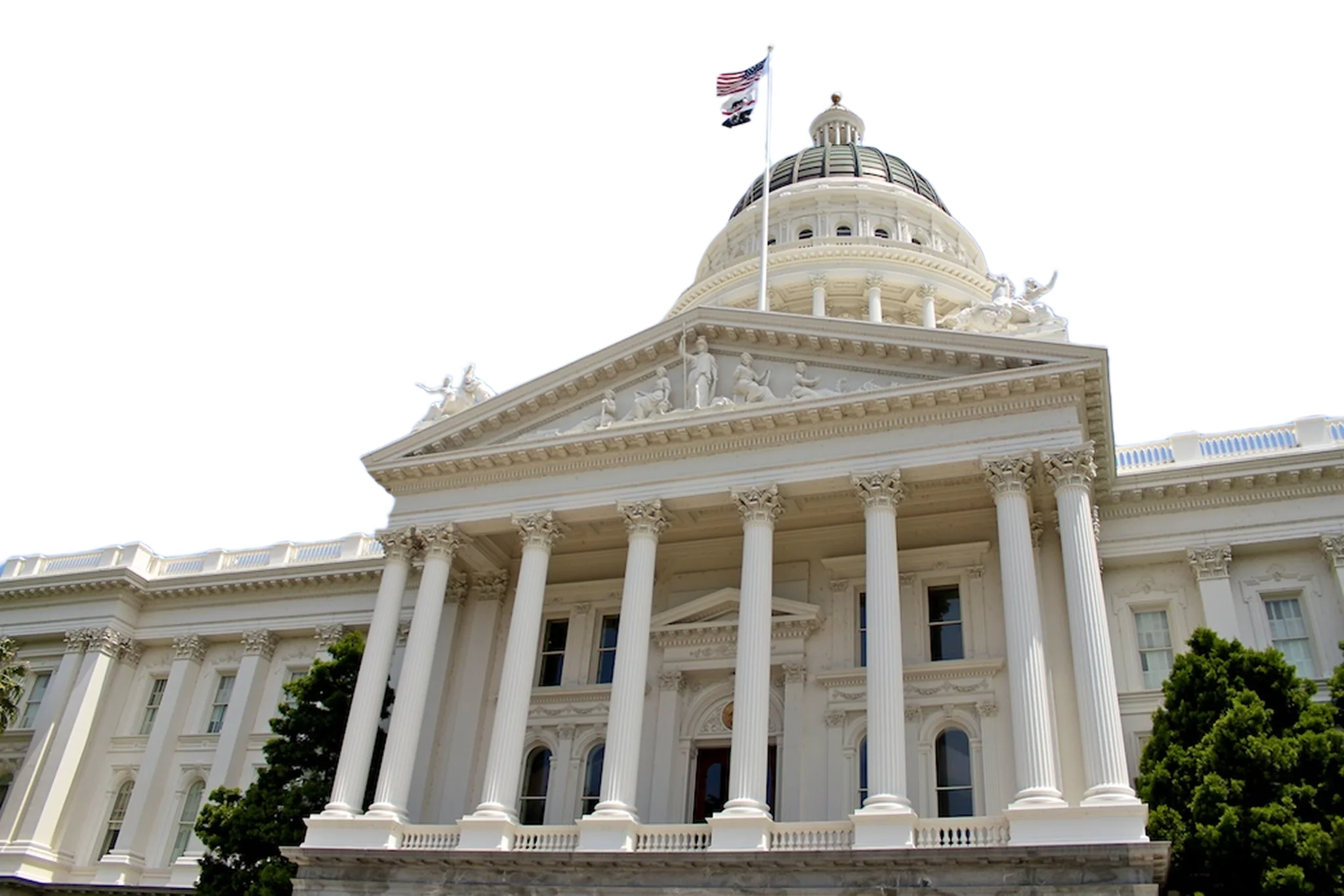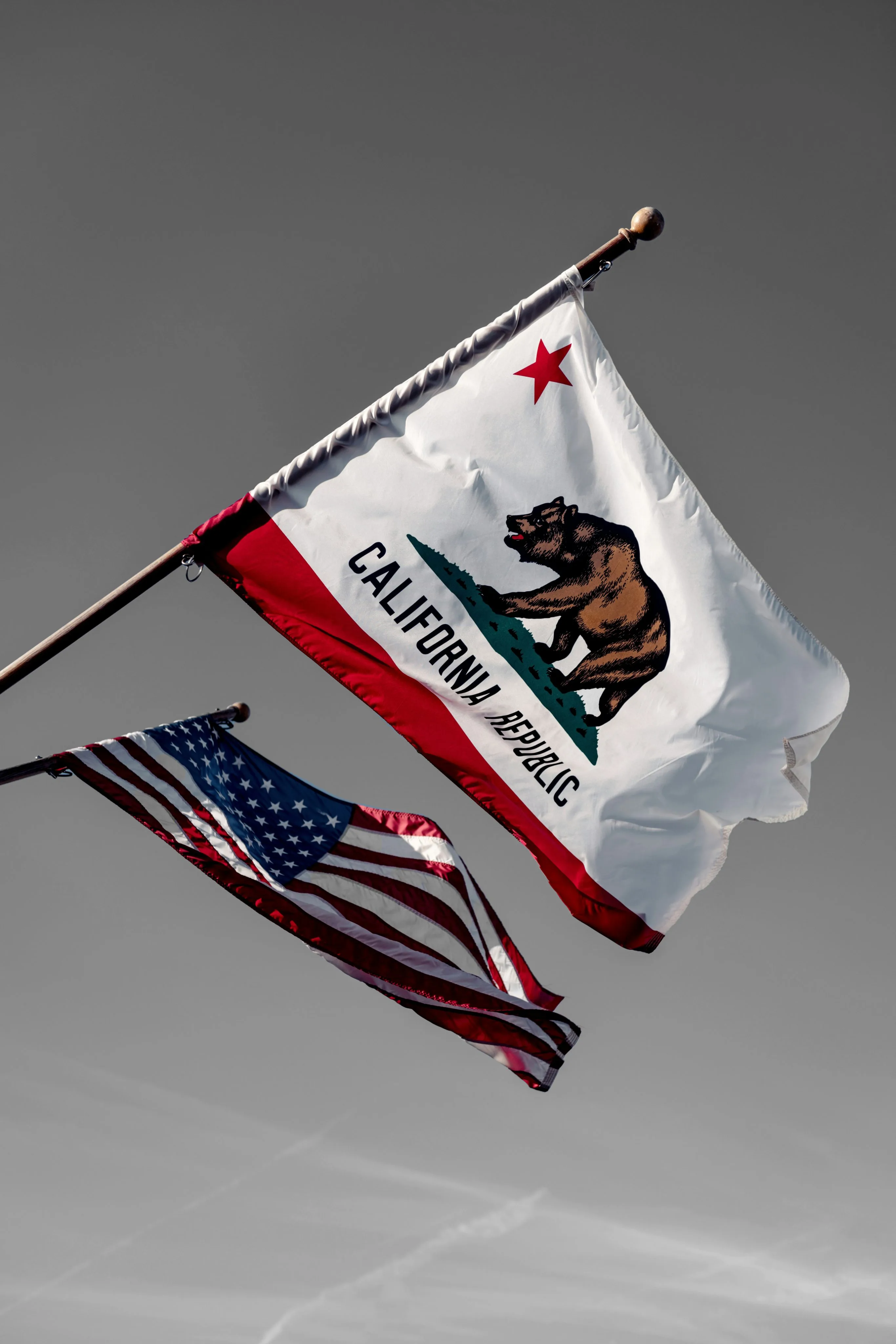
| You Must Report On | What It Means |
|---|---|
| Scope 1 | Direct GHG emissions from your own operations (fuel use, onsite combustion). |
| Scope 2 | Indirect emissions from purchased electricity, steam, heating, and cooling. |
| Scope 3 | Value chain emissions across suppliers, logistics, product use, and more—by far the largest share for most companies. |
| You Must Report On | What It Means |
|---|---|
| 2026 | First reporting year for Scope 1 and Scope 2 emissions (covering FY 2025). |
| 2027 | Scope 3 emissions disclosures begin (covering FY 2026). |
| Assurance | Limited assurance required initially; reasonable assurance to follow in later years. |
| Theme | What You Must Disclose |
|---|---|
| GHG Inventory | Scope 1, 2, and 3 emissions in alignment with the GHG Protocol. |
| Methodology | Clear description of calculation methods, emission factors, and boundaries. |
| Assurance | Independent third-party verification with audit-ready data trails. |
| Public Filing | Reports submitted to CARB and made available in a digital registry. |

